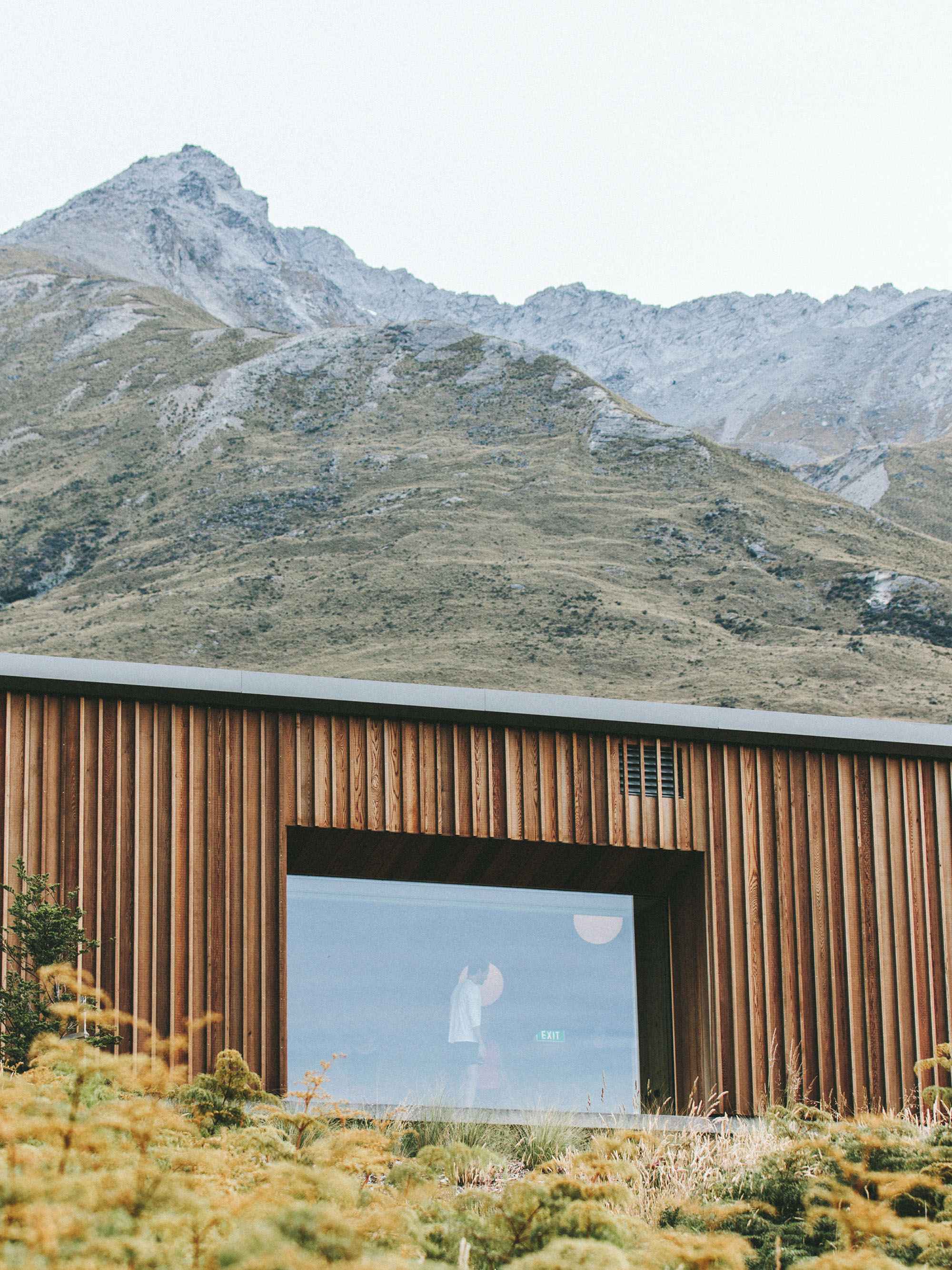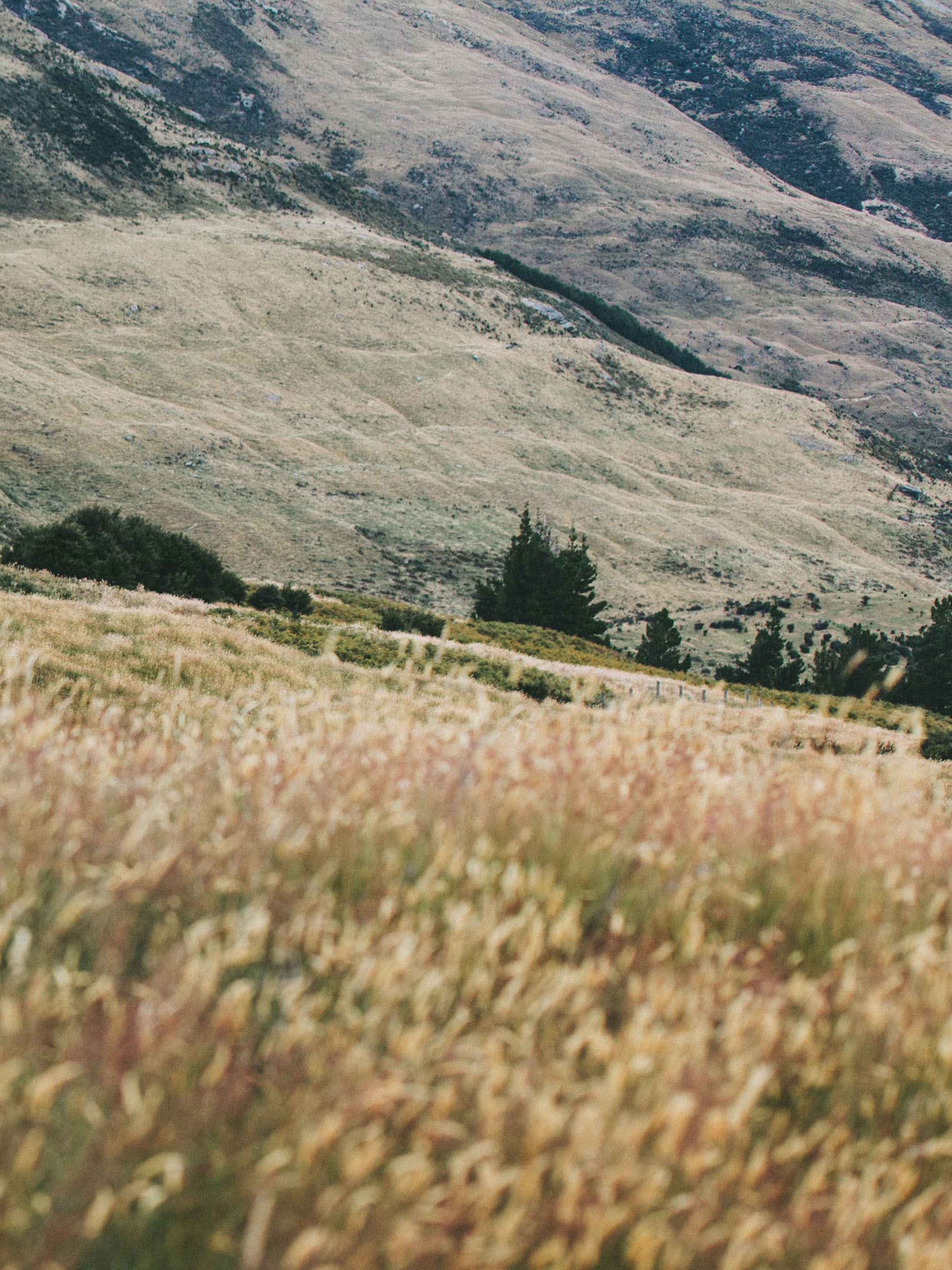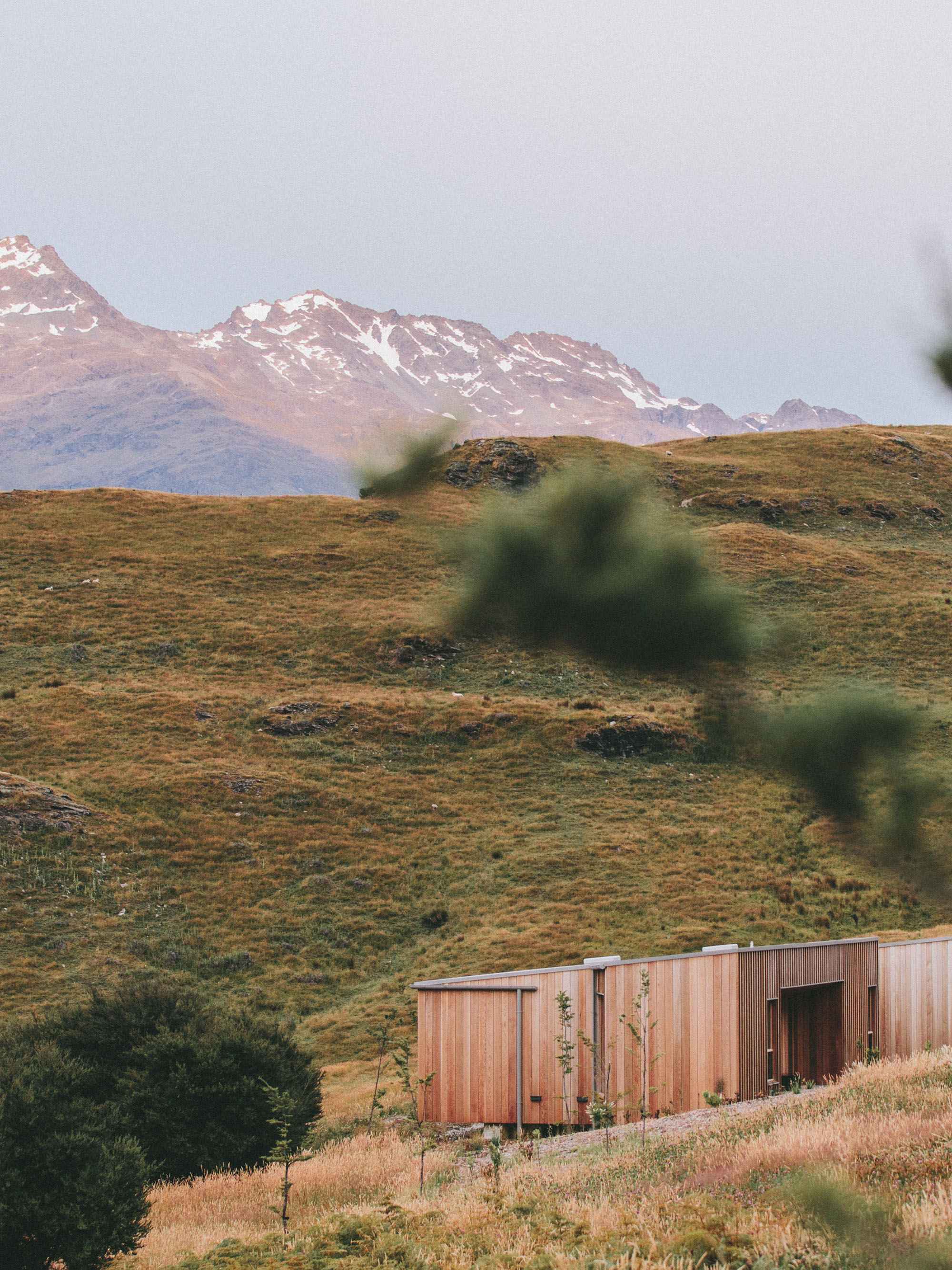Surveying the River of Fire
/This morning myself and my good friend and research partner, George L. Heinrich are beginning a 22 mile survey of the Alafia River in west-central Florida. We are studying the status and distribution of the Suwannee cooter, Pseudemys concinna suwanniensis. This riverine turtle occurs in at least 18 rivers within Florida which flow into the Gulf of Mexico.
Read More






















